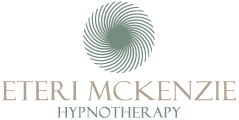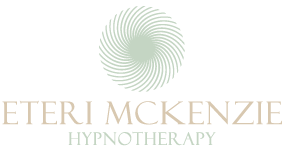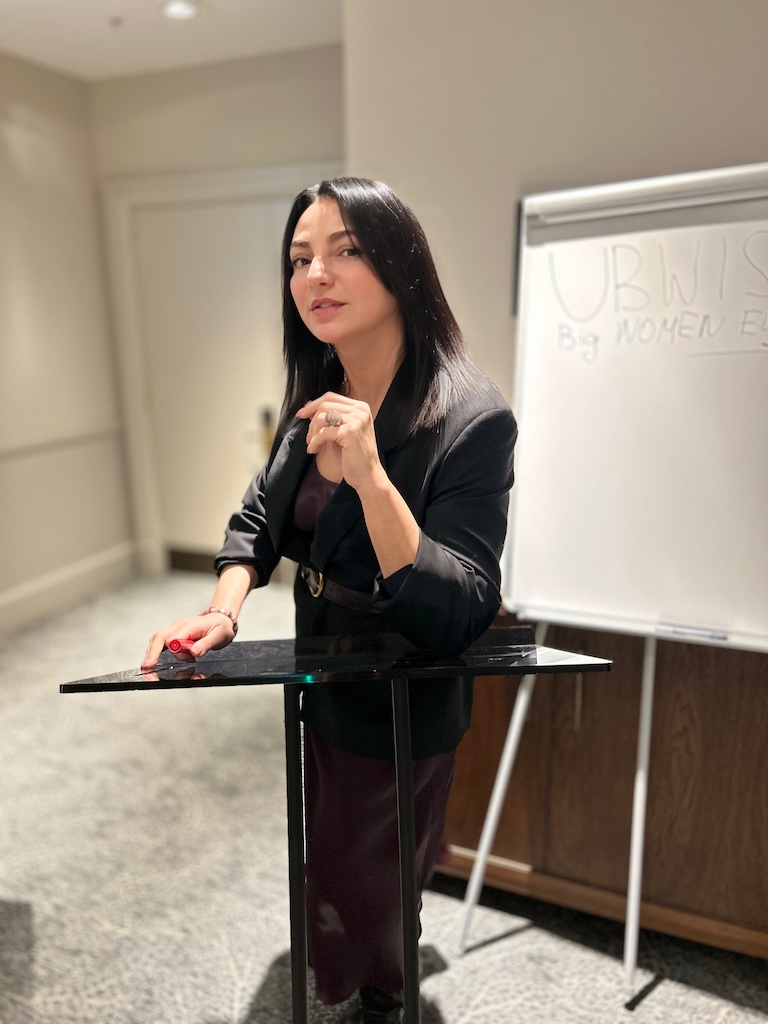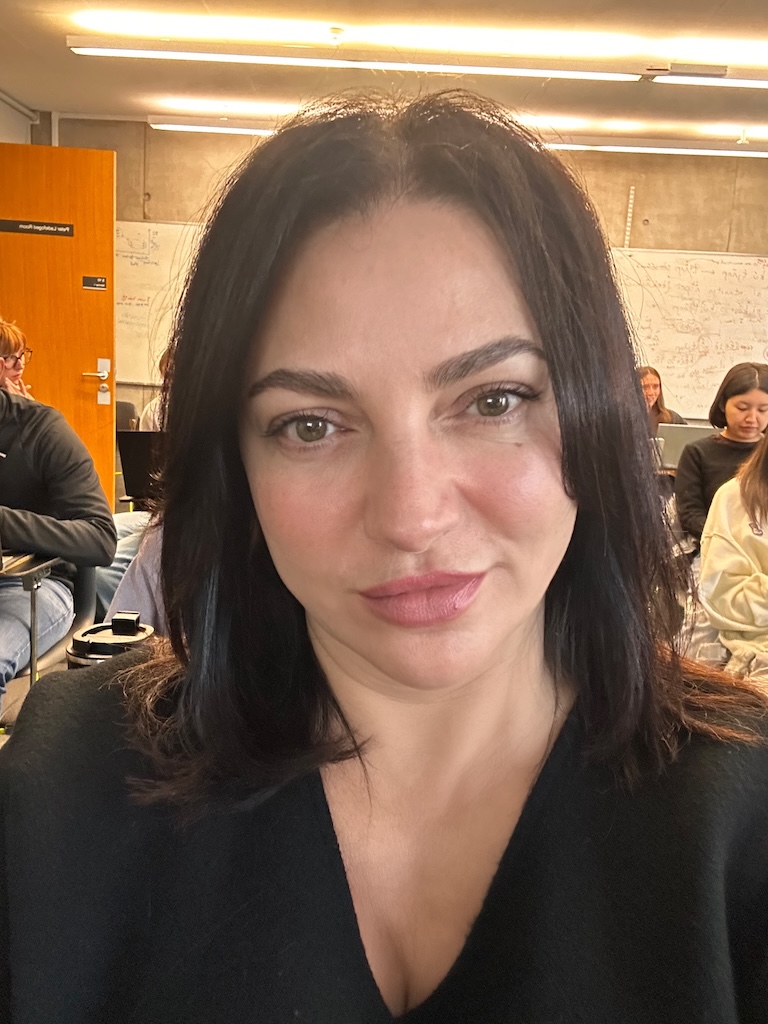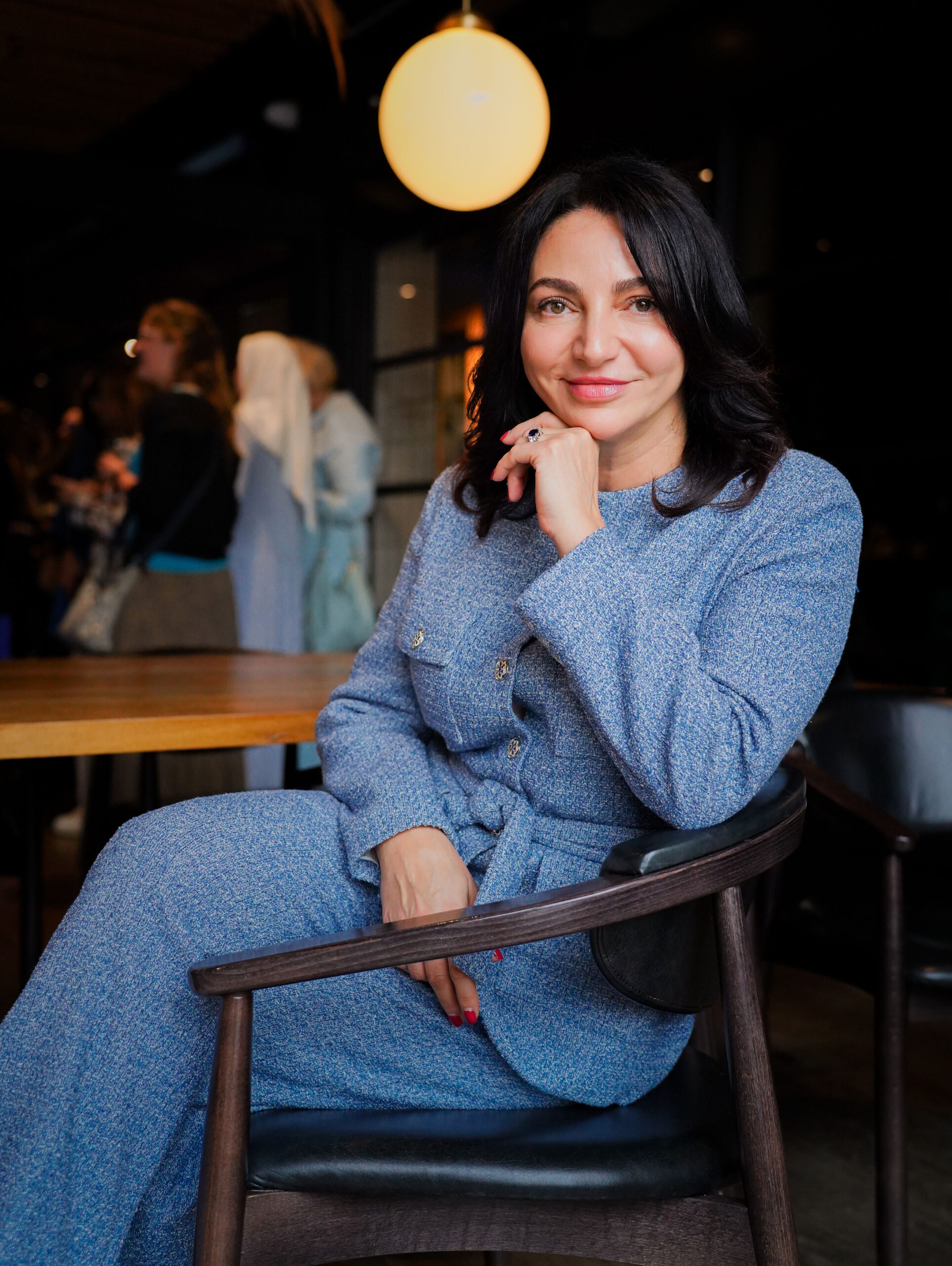The Neuroscience of Art and Healing.
At first glance, art appears to be an expression. But for the brain, it’s regulation.
When life feels overwhelming, when your nervous system is stuck in freeze mode and your thoughts loop in circles, your brain is trapped in a state of survival. From the outside, you might appear fine; calm, functional, composed. But inside, the brain’s emotional centres are still sounding the alarm.
This is where both neuroscience and Solution-Focused Hypnotherapy come together beautifully.
Art, music, and creative play activate neural circuits that tell your brain, you are safe now.
These activities interrupt repetitive stress patterns, stimulate the prefrontal cortex (the centre of reasoning and calm), and allow your nervous system to begin rewiring itself toward balance.
In simple terms, art helps you feel again, and hypnotherapy enables you to stay there.
The science behind it
Your brain operates like an electrical network. Under stress, the amygdala, which is responsible for emotion and threat detection, takes over. It keeps you on high alert, scanning for danger.
But when you engage in creativity, you invite the prefrontal cortex back online. This area governs problem-solving, emotional regulation, and a sense of meaning.
Studies in neuroscience show that activities like painting, listening to music, or even daydreaming reduce activity in the default mode network, the part of your brain responsible for overthinking.
That’s why you might feel calm after painting, dancing, or even colouring. The brain literally shifts its frequency.
In Solution-Focused Hypnotherapy, we use this same principle.
During hypnosis, the mind enters an alpha-theta brainwave state, the same relaxed yet alert rhythm that occurs during meditation or a state of creative flow.
In this state, your brain becomes more flexible, more open to suggestion, and more capable of forming new neural pathways.
It’s neuroplasticity in action, the brain’s ability to rewire itself through new experience and repetition.
Art as rehearsal for emotional freedom
When you paint, sculpt, write, or simply observe something beautiful, your brain rehearses what freedom feels like.
It’s not about producing a masterpiece. It’s about giving your nervous system space to explore and breathe.
Every brushstroke, melody, or mindful gaze signals to your brain: you are safe to feel.
That signal matters more than you might realise.
Most people who come to my practice describe feeling “stuck in their heads.” They overanalyse, plan, and replay conversations. Their bodies are tense, but their minds are exhausted.
Art helps bridge the gap between body and mind, between thought and feeling, the same bridge we cross during hypnotherapy sessions.
The moment you allow creativity in, your parasympathetic nervous system begins to activate.
Heart rate slows.
Muscles release.
Breath deepens.
And the brain’s electrical activity moves from frantic beta waves toward the calm, integrative rhythm of alpha and theta, exactly where hypnotherapy works best.
Rewiring through awareness
In both art and hypnotherapy, awareness is everything.
You’re not trying to control the outcome. You’re observing, allowing, and gently shifting.
When I guide clients through Solution-Focused Hypnotherapy in my Edinburgh practice, I often integrate neuroscience-based “brain hacks” that help accelerate this process:
- Visualization: engaging sensory imagination activates the same neural pathways as real experiences, teaching the brain new emotional patterns.
- Pattern interruption: introducing creative tasks or new imagery breaks the loop of anxiety and overthinking.
- Future-focused language: instead of analysing the problem, we focus on what calm, confidence, or success will look and feel like.
Each of these methods utilizes the brain’s natural plasticity, its ability to change through focus and repetition, to help clients transition from a state of survival to one of safety.
Creativity as a safety signal
When you engage creatively, you send a powerful message to your nervous system: I’m not in danger anymore.
That’s why even small creative acts, such as rearranging flowers, doodling, or cooking something colourful, can shift your internal state.
Neuroscience reveals that the moment the body senses play or flow, cortisol levels drop and dopamine levels rise.
Dopamine not only lifts your mood but also increases motivation, making it easier to take action after a period of freeze or burnout.
For anyone struggling with anxiety, procrastination, or low mood, this process is profoundly therapeutic.
It’s what allows Solution-Focused Hypnotherapy to work so efficiently — by combining focused relaxation with the brain’s natural creative mechanisms for healing.
The quiet power of flow
When you lose yourself in art, time disappears.
This “flow state” isn’t just poetic; it’s neurological.
During flow, the brain synchronises its waves. The prefrontal cortex temporarily quiets, allowing subconscious insight and calm awareness to surface.
That’s the same state we access in hypnotherapy, where the mind becomes deeply present and open to positive change.
Your conscious mind rests. Your subconscious begins to reorganise old patterns.
From that place, healing happens not through effort, but through safety.
Why this matters more today than ever
We live in a culture that rewards productivity over presence.
However, the brain cannot remain in a state of high alertness forever without consequences.
Chronic stress, perfectionism, and overthinking all feed the same survival circuitry that art and hypnotherapy gently unwind.
When your brain spends too long in threat mode, it forgets how to rest.
That’s why creative engagement, even five minutes of mindful sketching or breathing, is more than a hobby. It’s recovery.
At its core, Solution-Focused Hypnotherapy isn’t about escaping reality. It’s about retraining your brain to respond differently.
It helps your nervous system rediscover the feeling of safety that allows learning, growth, and joy to return.
Bringing it all together
Art heals the brain because it offers what words cannot: sensory freedom, play, and embodied presence.
Hypnotherapy heals the brain by gently guiding it into those same states, with focus and intention.
Together, they create a pathway out of survival mode and into self-trust.
Every colour, every sound, every breath is a signal, you are safe to feel again.
So next time you find yourself staring at a painting, humming a tune, or moving without purpose, remember, this is your brain’s way of saying thank you.
You’ve permitted it to unfreeze.
If you’re in Edinburgh
If you’re ready to understand how your mind and body can reconnect through neuroscience and Solution-Focused Hypnotherapy, I’d be honoured to guide you.
I work with clients both in Edinburgh and online, helping them move from a state of freeze and overthinking to one of calmness, motivation, and self-trust.
Learn more about how solution-focused hypnotherapy works
📍Based in Edinburgh | Specialist in Solution-Focused Hypnotherapy for Anxiety
📩 Book a consultation or explore more at https://www.eterimckenziehypnotherapy.co.uk/booking/
